Storage Device Facts
1/55
There's no tags or description
Looks like no tags are added yet.
Name | Mastery | Learn | Test | Matching | Spaced |
|---|
No study sessions yet.
56 Terms
What is a hard disk drive (HDD)?
A thick magnetic disk encased in a protective shell with multiple platters and read/write heads for each side.
What are some advantages of HDDs?
Large storage capacity, cheap cost per MB, wide selection.
What are some disadvantages of HDDs?
Prone to failure, vulnerable to physical damage, many are internal devices.
What is SCSI used for?
Transferring data between devices; used with tape drives, hard disks, CD-ROMs, scanners, printers.
What is a solid-state drive (SSD)?
A flash device with no moving parts, used to replace HDDs for OS, apps, and files.
What are some advantages of SSDs?
Faster than HDDs, no moving parts, lower power usage, more durable, smaller/lighter.
What is the main disadvantage of SSDs?
Higher cost compared to HDDs.
What is Non-Volatile Memory Express (NVMe)?
A memory storage device that uses PCIe to access non-volatile memory with low latency and high parallelism.
What are common form factors for NVMe devices?
PCIe expansion cards, 2.5-inch U.2 connector devices, SATA Express, and M.2 devices.
What is flash memory used for?
Storing data in programmable, non-volatile memory (e.g., in cameras, portable devices).
What are some advantages of flash devices?
Reprogrammable, retain content without power, portable, large capacity, inexpensive, fast access.
What are common types of flash memory cards?
CompactFlash, SD, SSD, MiniSD, MicroSD, hybrid cards, memory sticks.
What is an optical disc?
A laser-based storage medium (e.g., CDs, DVDs, Blu-rays) that stores info through pits in a reflective coating.
What are some advantages of optical discs?
Good for media, portable, cheap, long shelf life, recordable, sturdy.
What are some disadvantages of optical discs?
Slower than HDDs, small capacity, compatibility issues.
What is IDE (Integrated Drive Electronics)?
An interface that enables communication between a motherboard’s data bus and hard disks.
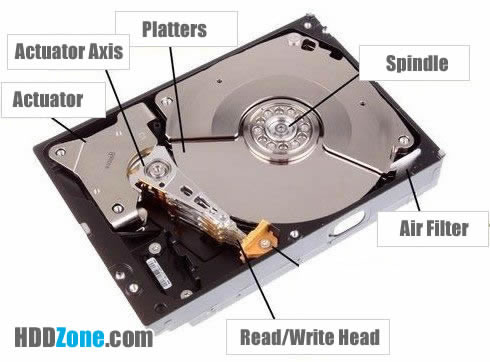

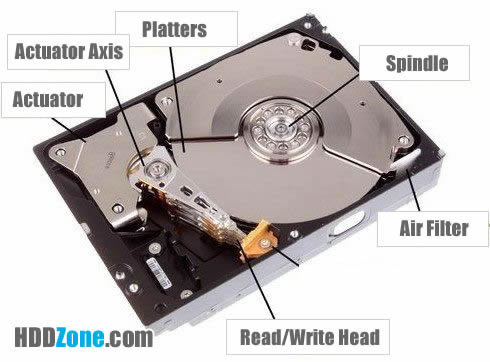
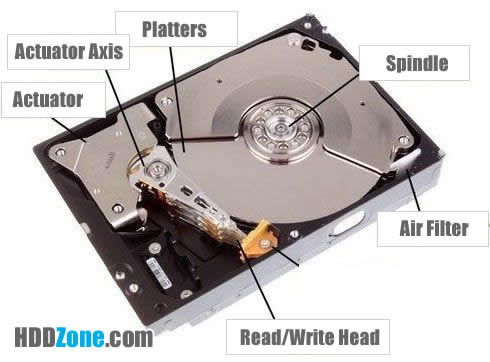

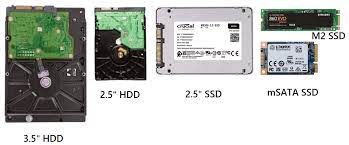
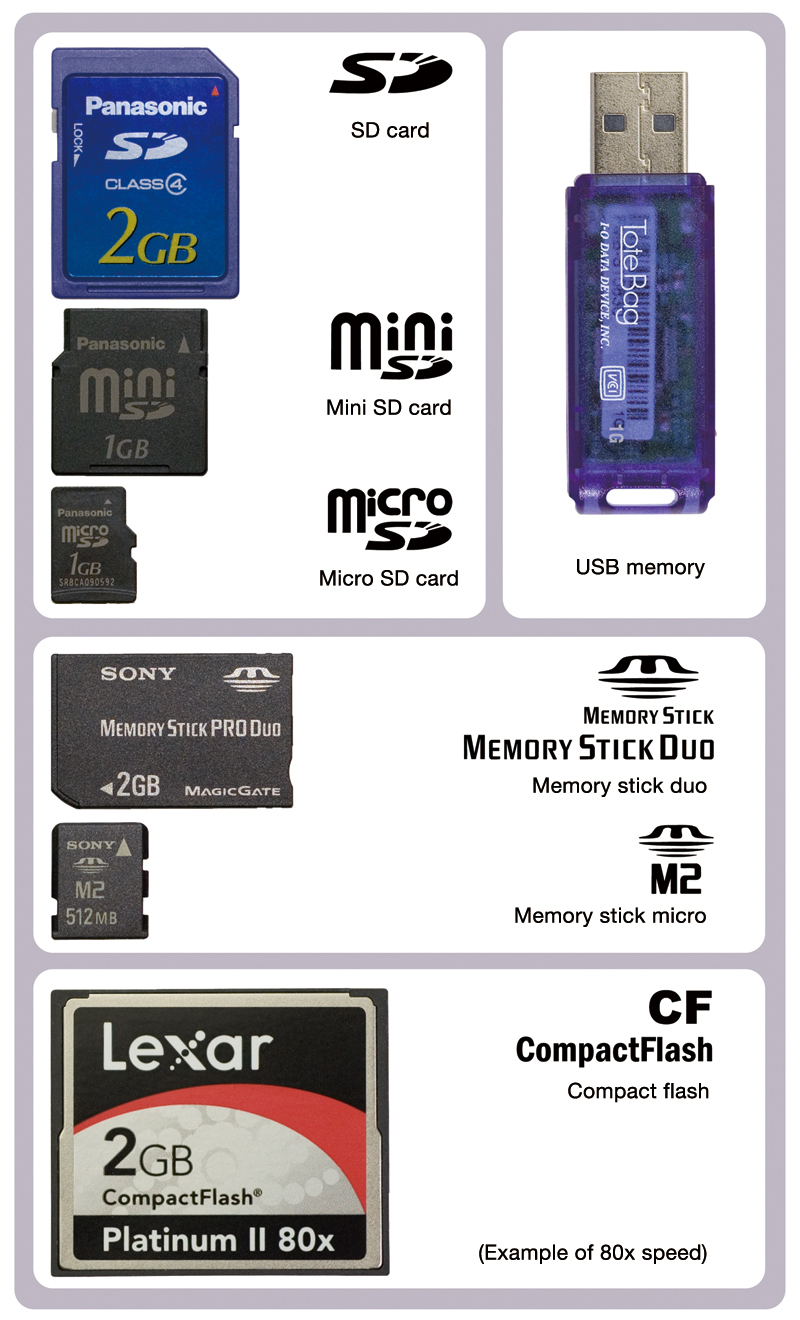
BD-R (Blu-ray Disc Recordable)
A write-once Blu-ray disc — like a DVD-R or CD-R. After data is written, it's permanent. Used for archiving, video production, and high-capacity backups (up to 25 GB single-layer, 50 GB dual-layer).
BD-RE (Blu-ray Disc Rewritable)
Can be written to, erased, and rewritten multiple times. Great for frequent backups, video recording, or data that changes. Works like a CD-RW or DVD-RW, but Blu-ray style.
BD-ROM (Blu-ray Disc Read-Only Memory)
Pre-recorded Blu-ray disc used for movies, games, or content distribution. Data is permanently written — can't be modified, erased, or written to. Strictly read-only.
What do the numbers 32x/12x/48x represent on a CD-RW drive
Read speed is 48x, write speed is 32x, and rewrite speed is 12x. The last number indicates the read speed.
Why is it important to understand CD-RW drive speed ratings?
It helps determine how fast data can be read, written, or rewritten. Important for backups, media creation, and understanding storage device capabilities.
SSDs should not be defragmented like HDDs. Fragmentation doesn't affect SSD performance, defragmentation causes unnecessary write/erase cycles that wear out the drive faster.
SSDs have shorter MTBF than HDDs due to limited write/erase cycles. Heavy write-use apps (like video editing) can cause early failure.